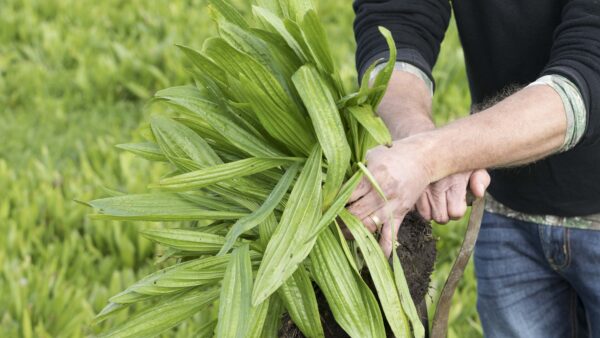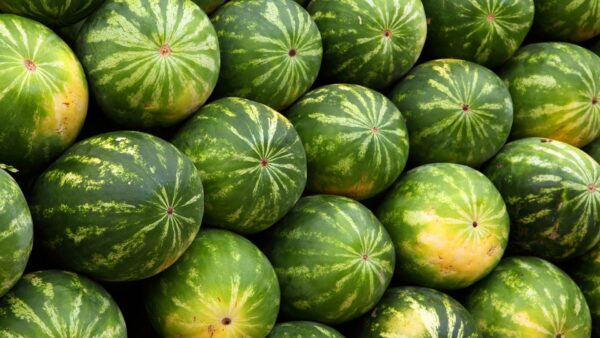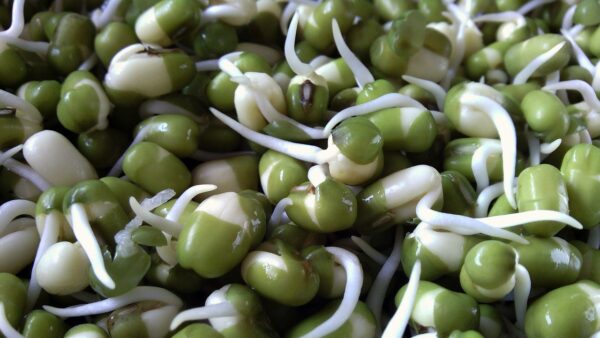Though plant breeders keep breeding targets in mind, sometimes surprises come down the pipeline.
When you think about plant breeding, do you immediately think of the amount of planning that goes into specific varieties? It’s not only planning for specific diseases and specific pests on the market — plant breeders and their teams have to be forward thinkers as well as plant breeders.
“Breeding targets are a general-purpose word, but when I think of it, the first thing that comes to mind is — what is your final goal?” Mike Popelka, corn breeder with AgReliant Genetics, says on the Jan. 25 episode of Seed Speaks. “They’re actually the measurable and actionable areas of improvement within your product pipeline and your breeding program that can help you improve that final product going to your customers.”
Popelka says it’s important to focus on how measurable the goals are, as you’re incentivizing what you measure.
“What you use for your benchmarks is really going to matter when you’re talking about those targets,” he says, adding how when talking about corn yield, we could talk about the number of hybrids advanced every year. “However, if we don’t have checks that we compare to, that target isn’t going to help us build forward to the future.”
In the vegetable realm, it’s no different. According to Brian Just, it’s important to keep in mind who your customers are when deciding on your targets.
“My main customers are the farmers that we sell seed to — I try to put myself in their shoes and figure out what I could do to offer them a product that’s going to keep them coming back and buying the product year after year,” Just, senior plant breeder and sweet pepper lead for Sakata Seed America, says. “The number one way you do that is you sell a product that when they grow it, at the end of the season, they have more money in their pocket than if they would have grown another variety.”
Though, targets in the vegetable world look different than targets in the row crop world. While row crops like corn typically focus on targets like yield, Just says the vegetable world looks at a variety of things: fruit size, of peppers, quality and flavor, on top of the typical yield, disease-resistance and pest resistance.
Occasionally, especially with exploratory projects, it’s hard to pin down an exact breeding target, says Hannah Swegarden, plant breeder with PanAmerican Seed.
“Most projects do start with a general concept or trait that we’re interested in,” Swegarden says. “It really involves a lot of dialogue between breeding directors, breeders, even some product development and sales team members. It’s not a super highly structured process, but it encourages some regular conversation about what’s in our nursery and what we plan to do.”
Once you can demonstrate a trait or concept at the genetic level, Swegarden says you can either reevaluate the target, or if you’ve found what you’re looking for, begin to communicate it across the company’s business units to integrate product development and sales. From there, the product roadmap starts to take shape.
“If we do come across something unexpected in this process, it’s really looked at as a positive thing,” she adds. “It provides an opportunity to discuss our goals or really refocus on what we started to do in the first place.”
But, when it comes down to it, Just says you can’t form your goals without spending an incredible amount of time in the field with your customer — whether you’re a row crop breeder or vegetable breeder.
“We figure out what [the customer] really needs, and then we decide what we can breed for and what we can’t breed for, and then the team takes it from there,” he says. “That way, we can be really sure that we’re offering something that has come up in our conversations, and things are going to help the grower at the end of the day.”
Want to hear the rest of the conversation where Popelka, Just and Swegarden talk more in-depth about creating goals to make a stable, hardy product? Watch the conversation at:









